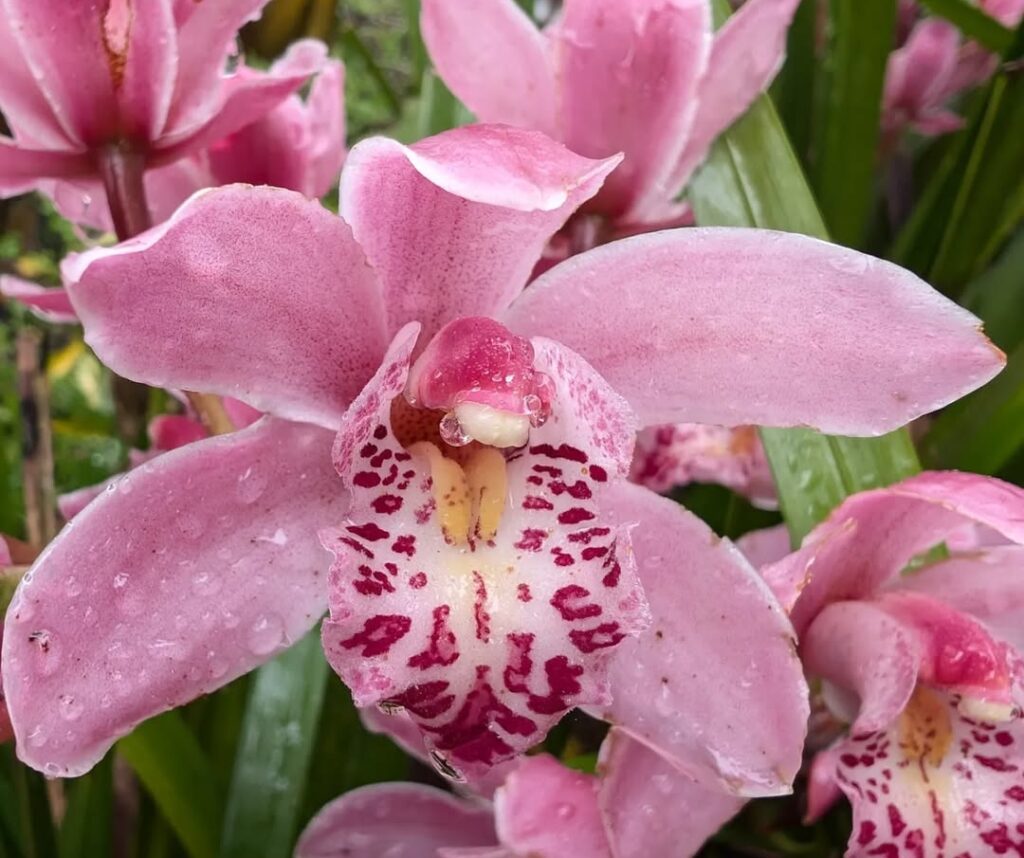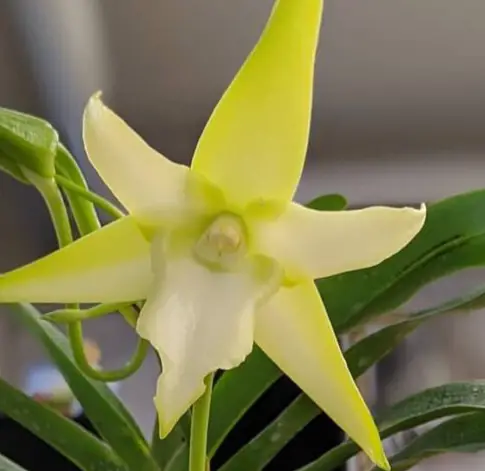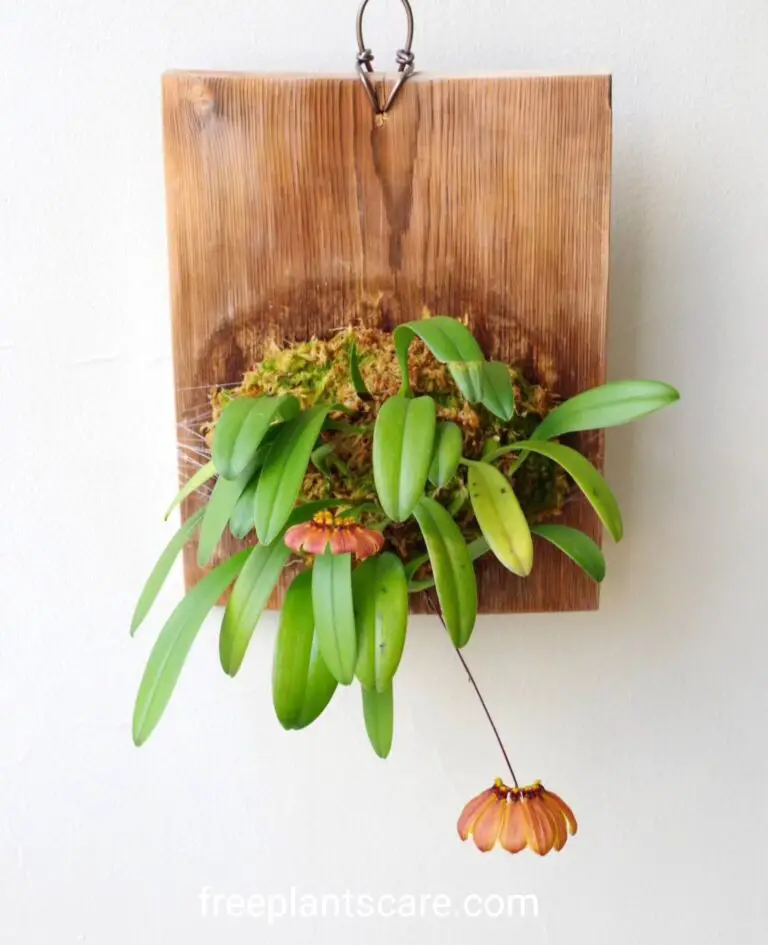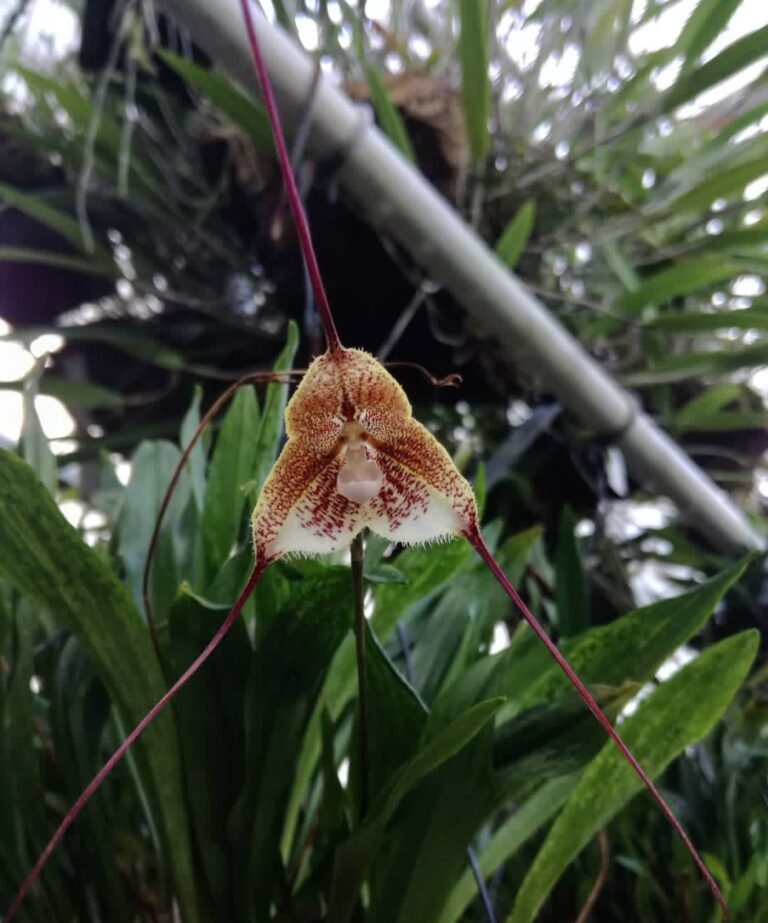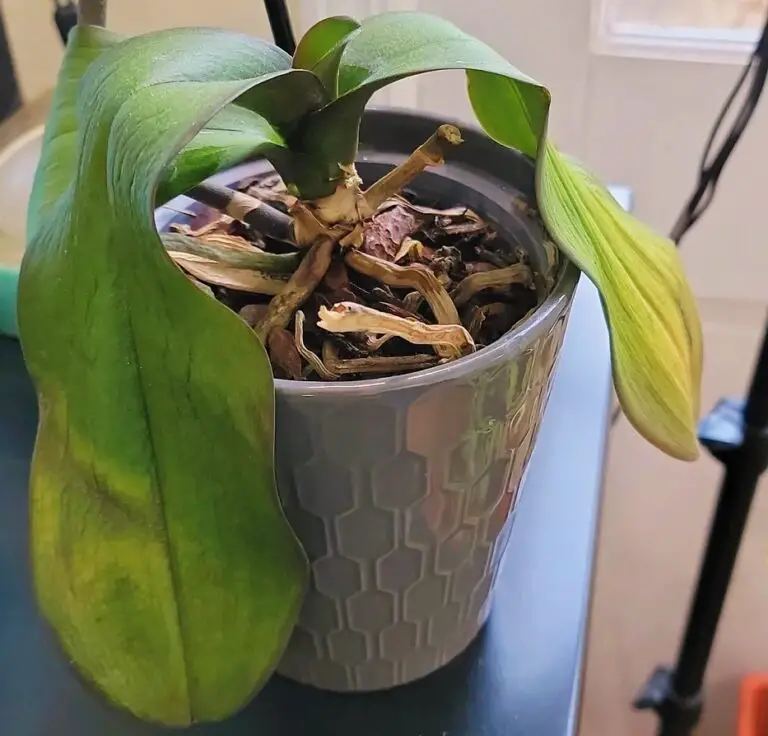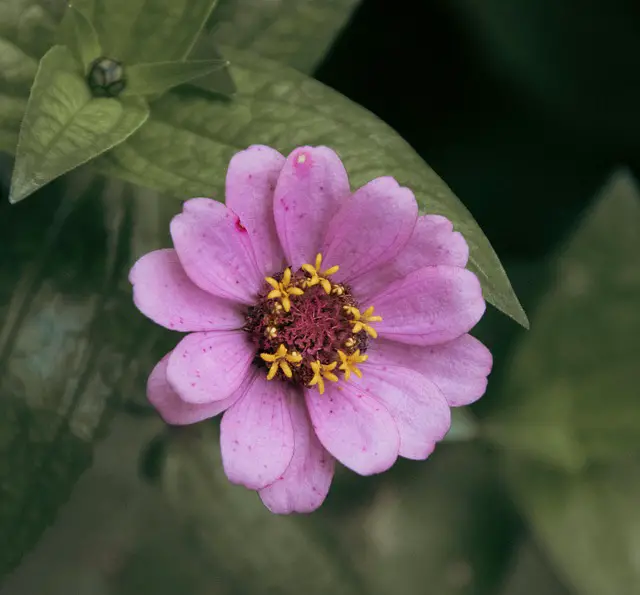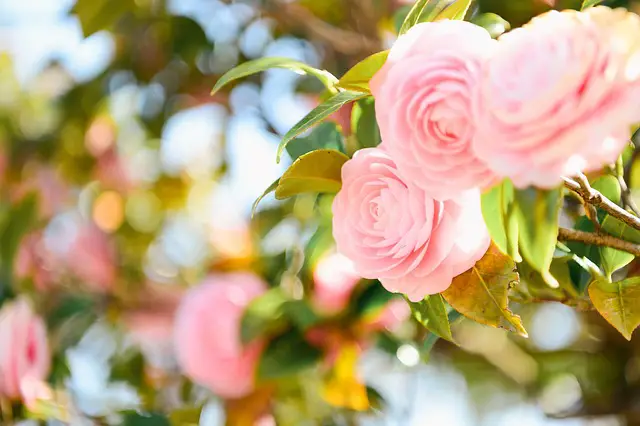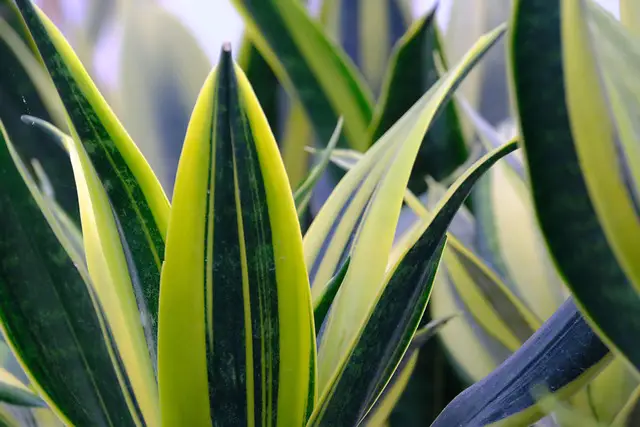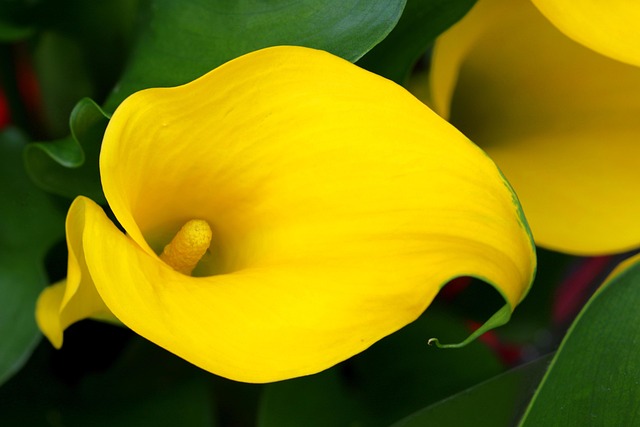Cymbidium orchids are celebrated for their elegant, long-lasting blooms that bring a touch of sophistication to any setting. Known for their striking flowers and robust nature, these orchids can be a rewarding addition to your garden or home. This ultimate guide provides comprehensive tips to help you cultivate Cymbidium orchids with blooms that are both beautiful and enduring.

- 1 1. Provide the right lighting for robust growth.
- 2 2. Watering: Striking a Balance
- 3 3. Optimal Temperature and Humidity
- 4 4. Fertilisation for Flourishing Blooms
- 5 5. Repotting for optimal health
- 6 6. Enhancing Air Circulation
- 7 7. Monitor and manage pests and diseases.
- 8 8. Encourage blooming cycles.
- 9 FAQS
1. Provide the right lighting for robust growth.
Cymbidium orchids thrive in bright, indirect light. Place them in a location where they receive filtered sunlight, such as near an east- or west-facing window. Use fluorescent or LED grow lights as a supplement if there is not enough natural light.
Adequate lighting is crucial for promoting healthy growth and vibrant blooms. However, avoid direct sunlight, which can scorch the leaves and hinder blooming.
2. Watering: Striking a Balance
Proper watering is essential for maintaining healthy Cymbidium orchids. When the top inch of the growing medium appears dry, give them some water.
Cymbidiums prefer to dry out slightly between waterings, so avoid overwatering. Use room-temperature water and ensure the pot has excellent drainage to prevent waterlogging. In dry conditions or during the winter, adjust your watering routine as needed.
Cymbidiums enjoy the humidity conditions that may be maintained with regular misting.
3. Optimal Temperature and Humidity
Cymbidium orchids prefer a temperature range of 55°F to 75°F (13°C to 24°C). Aim for daytime highs of 65°F to 70°F (18°C to 21°C), with evening lows of roughly 55°F (13°C).
For humidity, maintain levels between 40 and 60%. Use a humidity tray or room humidifier to achieve these conditions, particularly in indoor environments. Consistent temperature and humidity are key for healthy growth and extended bloom duration.
4. Fertilisation for Flourishing Blooms
To support vigorous growth and prolonged blooming, regular fertilisation is important. Use a balanced orchid fertiliser with an N-P-K ratio like 30-10-10 or a similar formulation. Apply the fertiliser every 2-4 weeks during the growing season (spring and summer) and reduce to once a month during the dormant period (fall and winter). Follow the recommended dilution rates to avoid over-fertilisation, which can damage the plant and shorten its bloom life.
5. Repotting for optimal health
Repotting is necessary to ensure healthy root development and continued blooming. Cymbidium orchids should be replanted every two to three years, or when the growing medium begins to degrade.
Choose a well-draining orchid mix, such as a blend of bark, perlite, and charcoal. Gently remove the plant from its pot, trim any damaged or dead roots, and replant in a fresh medium. Repotting refreshes the growing environment and provides ample space for root growth, contributing to healthier blooms.
6. Enhancing Air Circulation
Good air circulation is vital for preventing fungal infections and promoting overall plant health. Ensure your Cymbidium orchids are placed in an area with good airflow, and avoid overcrowding with other plants. Using a small fan can help improve air movement around the orchids. Proper ventilation helps keep the foliage dry and reduces the risk of disease, leading to healthier plants and longer-lasting blooms.
7. Monitor and manage pests and diseases.
Regularly inspect your Cymbidium orchids for signs of pests such as aphids, spider mites, and mealybugs, as well as fungal and bacterial diseases. Treat any infestations promptly with insecticidal soap or neem oil, and use fungicides or bactericides if necessary. Maintaining a clean growing environment and addressing issues early will help keep your orchids healthy and their blooms vibrant.
8. Encourage blooming cycles.
Understanding the blooming cycle of Cymbidium orchids can help maximise bloom duration. After the blooming period, allow the plant to rest by reducing watering slightly. As new growth appears, resume regular watering and fertilisation to support the next bloom cycle. Effective management of the plant’s needs ensures continuous and elegant blooms.
By following these expert care tips, you can successfully grow Cymbidium orchids with elegant blooms that last. Providing the right lighting, watering, temperature, humidity, and care will help your orchids thrive and showcase their stunning flowers. With attention and dedication, your Cymbidium orchids will bring enduring beauty to your garden or home. Happy growing!
FAQS
Are Cymbidium Orchids easy to grow?
Yes, they are considered easier to grow compared to other orchids, making them suitable for beginners
Can Cymbidium Orchids be grown outdoors?
Yes, they can be grown outdoors in cooler climates with mild summers and frost-free winters. However, they should be brought indoors during extreme cold.
How do you propagate Cymbidium Orchids?
Cymbidiums are typically propagated by division. Divide the pseudobulbs when repotting, ensuring each division has at least 3–4 healthy bulbs.
Are Cymbidium Orchids fragrant?
Yes, many Cymbidium varieties are fragrant, producing a sweet and pleasant scent.
How long do Cymbidium Orchid flowers last?
The flowers can last anywhere from 4 to 12 weeks, depending on the variety and growing conditions.
